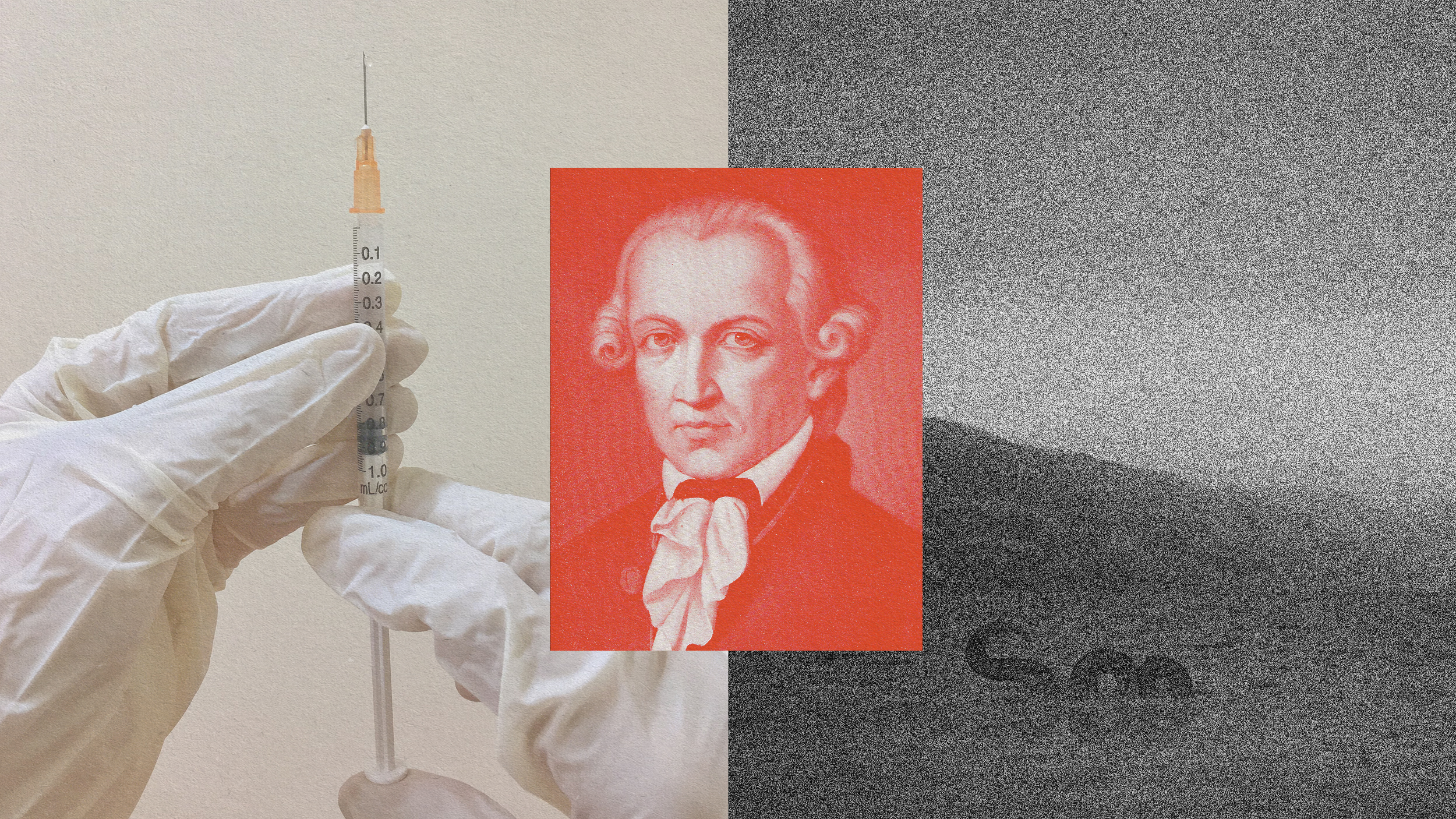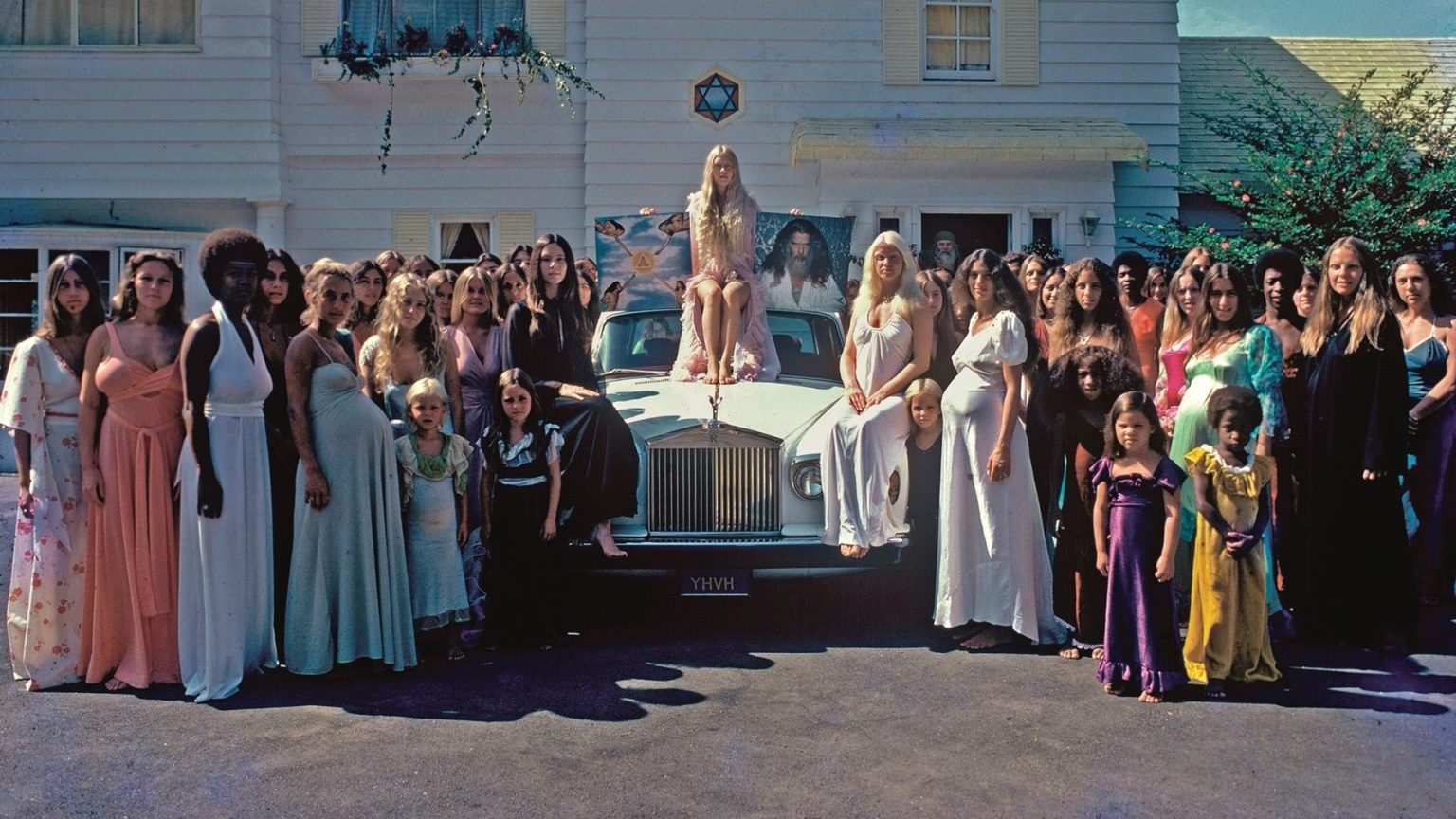NYC Mosque Study: Providing Correct Information Is No Antidote to False Beliefs

From the Ohio State University Research News Service, a discussion of issues closely followed here at Age of Engagement. See also the full report.
COLUMBUS, Ohio – Evidence is no match against the belief in false rumors concerning the proposed Islamic cultural center and mosque near Ground Zero in New York City, a new study finds.
Researchers at Ohio State University found that fewer than one-third of people who had previously heard and believed one of the many rumors about the proposed center changed their minds after reading overwhelming evidence rejecting the rumor.
The false rumor that researchers used in the study was that Feisal Abdul Rauf, the Imam backing the proposed Islamic cultural center and mosque, is a terrorist sympathizer who has refused to condemn Islamic attacks on civilians.
There is no evidence that this statement is true, according to FactCheck.org, a fact-checking service run by the Annenberg Public Policy Center, and Politifact, the Pulitzer-Prize winning service of the St. Petersburg Times.
While providing a definitive rebuttal helped dispel belief in this rumor under two conditions, researchers found that it was easy to neutralize the positive effects of the rebuttal, simply through the use of certain photos or the addition of unrelated text.
“We didn’t have much success in shaking people’s beliefs in false rumors,” said R. Kelly Garrett, co-author of the study and assistant professor of communication at Ohio State.
Garrett conducted the study with Erik Nisbet, also an assistant professor of communication at Ohio State.
The researchers used Survey Sampling International to recruit 750 Americans and have them participate in the online survey. The survey was conducted between September 14 and 19, 2010.
This study was designed to see if the researchers could change the minds of rumor believers by presenting the facts, as reported by FactCheck and PolitiFact.
The researchers presented each participant with one of four different rebuttals of the rumor, all of which contained the same facts, but were presented in slightly different ways.
Overall, only 35 percent of the participants who previously encountered and believed the rumor held more accurate beliefs after reading a rebuttal, and even fewer – about 28 percent – were moved to reject the rumor.
The findings showed that two of the rebuttal formats were effective at increasing the belief that the rumors were false: presenting a straight text rebuttal outlining the facts and proving that the Imam is not a terrorist sympathizer; and also pairing that text rebuttal with a photo of the Imam and a diverse group of people wearing Western-style business attire.
After exposure to the two types of effective rebuttals, about 1 in 4 (25 percent) of the subjects who had either previously been unsure about the truth of the rumor, or who believed the rumor was true, updated their beliefs to report they considered the rumor false.
Pairing the photo with the text probably helped reinforce the rebuttal because it emphasized visually that Rauf “is an American, just like the rest of us,” Garrett said.
Nisbet noted that while these two rebuttals did have a positive impact, the result was not overwhelming.
“Though this change was a significant improvement compared to the control condition in which participants received no rebuttal, it was still only a comparatively small increase in the number of subjects who had accurate beliefs about the Imam,” Nisbet said.
“However, this was a single, brief exposure to a rebuttal in an experimental context. Repeated exposure to rebuttals from a variety of credible sources, if presented in an effective manner, may further increase the general accuracy of beliefs over time.”
But it was also interesting to see how easy it was to make the rebuttal ineffective, according to Nisbet.
“We found that how you present the rebuttal might have a very meaningful impact on how well it works,” Nisbet said. “The presentation shouldn’t have an impact on whether people accept the rebuttal or not, but we found that it does.”
For example, the rebuttal was ineffective when it was paired with a photo of the Imam and surrounding people wearing more traditional Arab clothing, rather than Western-style business attire.
“This photo clearly evoked the sense that this Imam is someone who is different than your average American – he’s not like us, and that photo was enough to keep most people from rejecting the false rumors,” Garrett said.
Some people also read a rebuttal that included additional information about the Imam that, while not relevant to the rumor, may be seen as objectionable by some Americans. This additional information was a statement by Rauf that the United States bears some responsibility for harm caused by its policies toward the Middle East. However, the statement emphasized that Rauf himself believes that terrorism is never justified.
Those who believed the rumor and read the rebuttal with the additional statement were not likely to change their mind about the truthfulness of the rumor.
This result is particularly disturbing because it means that standard journalism practice may actually make it more difficult to persuade people of the truth, Garrett said.
“Typically, journalists trying to write a balanced article would include views held by the Imam that some people might find objectionable, but that would help readers understand him better,” he said.
“But what we’re finding is that, in an effort to report both sides, journalists may be actually undermining some of the factual information they reported.”
The one silver lining in the study is that none of the rebuttals had a boomerang, or backfire effect, Garrett said. Recent studies by other researchers have suggested that when people are presented with facts that go against their beliefs, they may actually become even more confident in their false beliefs.
“We didn’t find that people were more likely to embrace false beliefs, even when we presented a photo of the Imam in Arab garb that may marginalize him in our culture, or when we included text that some Americans may find objectionable,” Garrett said.
“While it could neutralize the effect of the rebuttal, at least it didn’t encourage more belief in false rumors.”
Garrett and Nisbet emphasized that, while the 750 people surveyed represented a broad range of adults, it was not a representative sample of all Americans. That means that the proportion of people in this study who have heard or believe rumors should not be taken as national averages.
See also:
Study: Fox News Promotes False Belief in Rumors about NYC Mosque
Full Report on Fox News and Belief in False Rumors about NYC Mosque
The Islamic Cultural Center: A Failure in Storytelling
Former CBS News Political Editor on Politics, TV News, and Education in the Glenn Beck Era
Follow Age of Engagementon Twitter.





